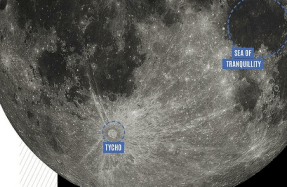
MUTTNIK ORBITS EARTH
PERISHED

In the mid-20th century, the USSR launched dozens of hardy stray dogs above Earth’s atmosphere to test whether humans could handle the rigours of space. The most famous is Laika – the first living creature to go into orbit. Captured wandering the streets of Moscow, Laika – which means ‘barker’ in Russian – was strapped into a tiny space module and launched aboard Sputnik 2. Though Soviet scientists never intended Laika to return to Earth alive, at the time they suggested she had survived in space for four days to a week before dying peacefully. It was revealed in 2002 that her demise had been rather more harrowing. Laika died from overheating and panic no more than seven hours after the mission began because a fan had failed. Her capsule orbited Earth 2,570 times before burning up in the atmosphere five months after blast off. In August 1960 a canine pair named Belka and Strelka – joined by a rabbit, 42 mice and two rats – were strapped into Sputnik 5, launching into space and safely returning. Eight months later, Yuri Gagarin famously followed in their pawsteps. Strelka went on to have six puppies, one of which, Pushinka, was given to US president John F. Kennedy in 1961 by Soviet premier Nikita Khrushchev. Pushinka had four puppies with one






